The reaction 2⇔B is started with 2 moles of A in a 1 L container. Which of the following graphs represents the equilibrium of the given reaction, if 40% of the reactant A gets converted to B to attain equilibrium ?
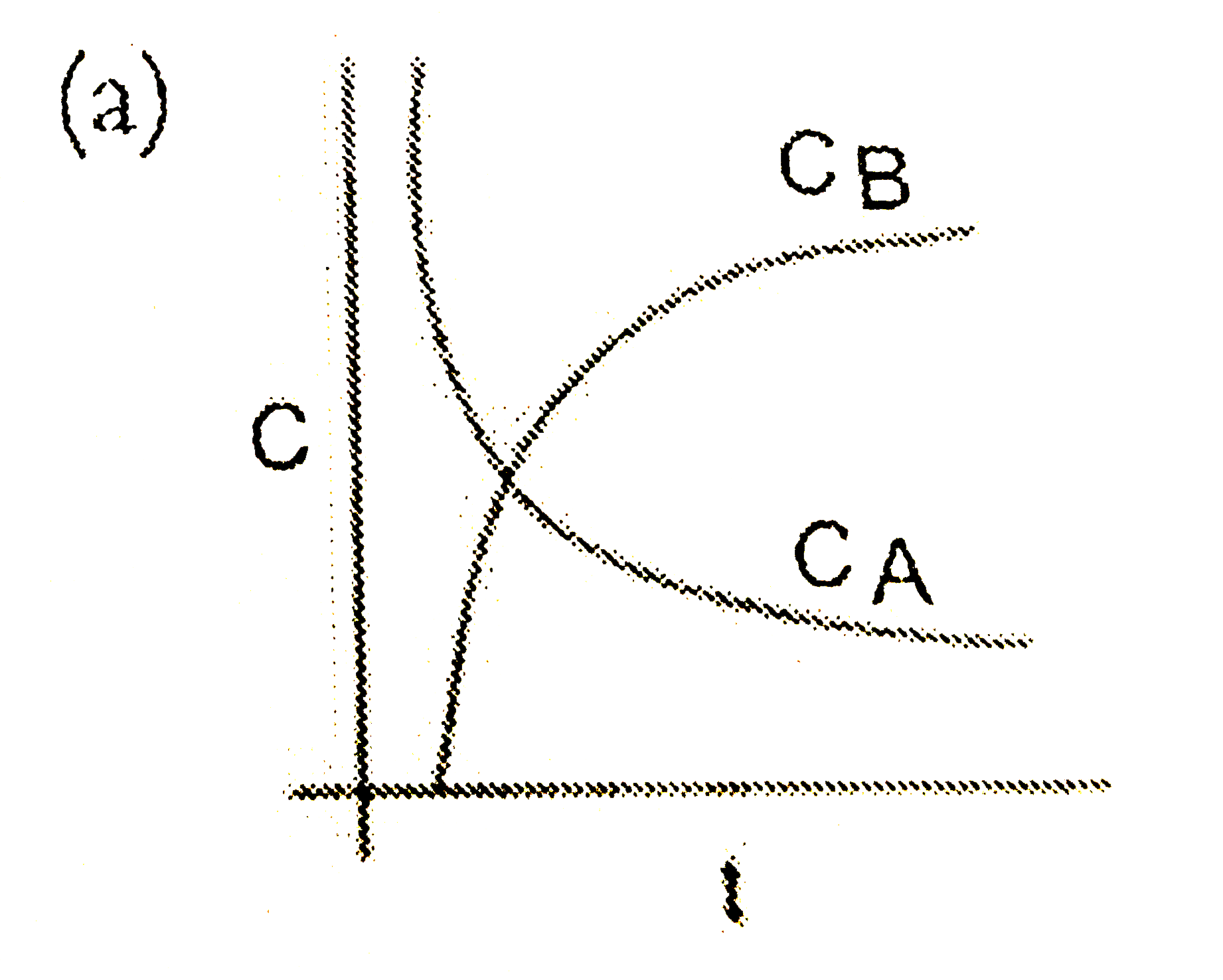
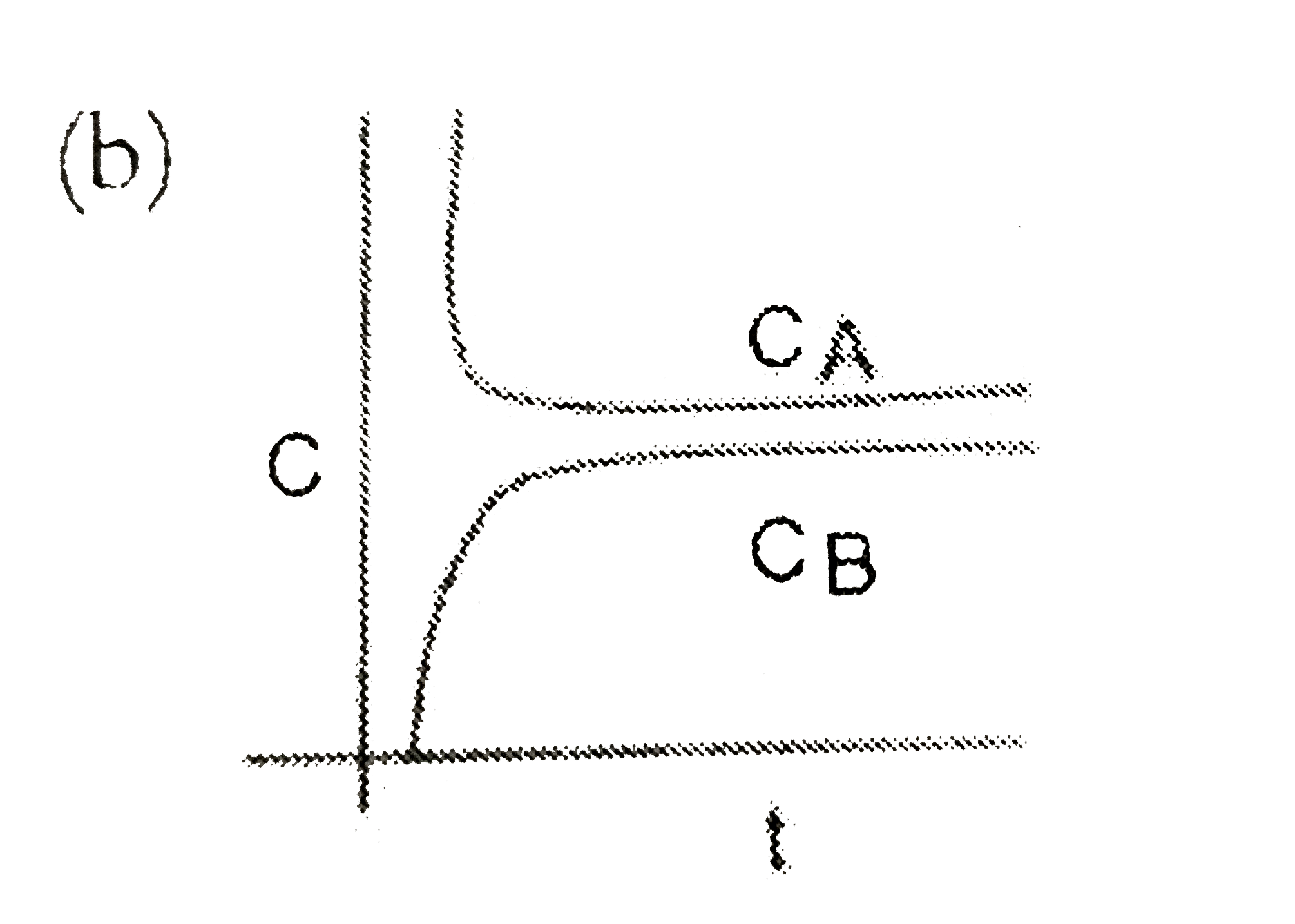
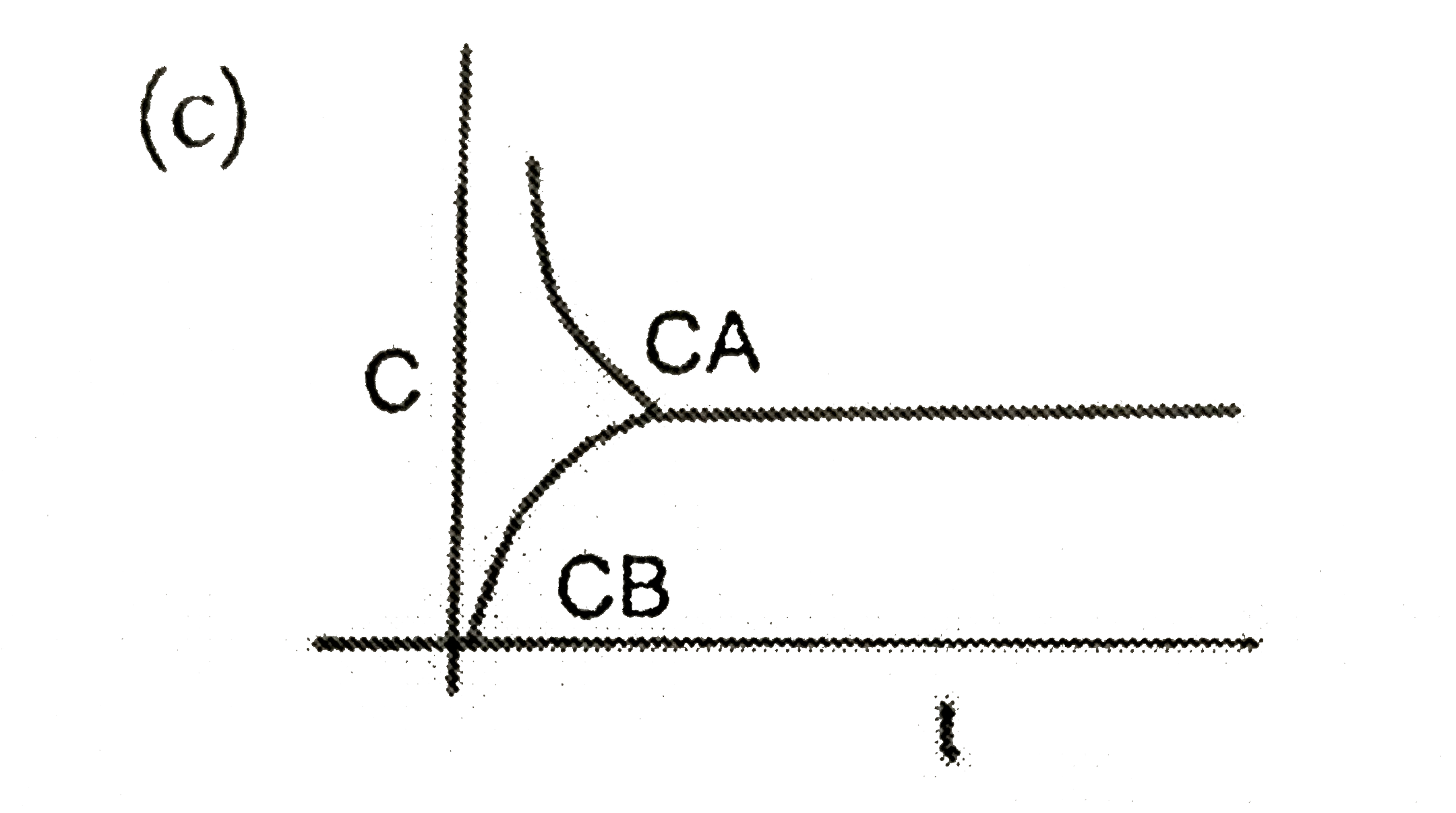
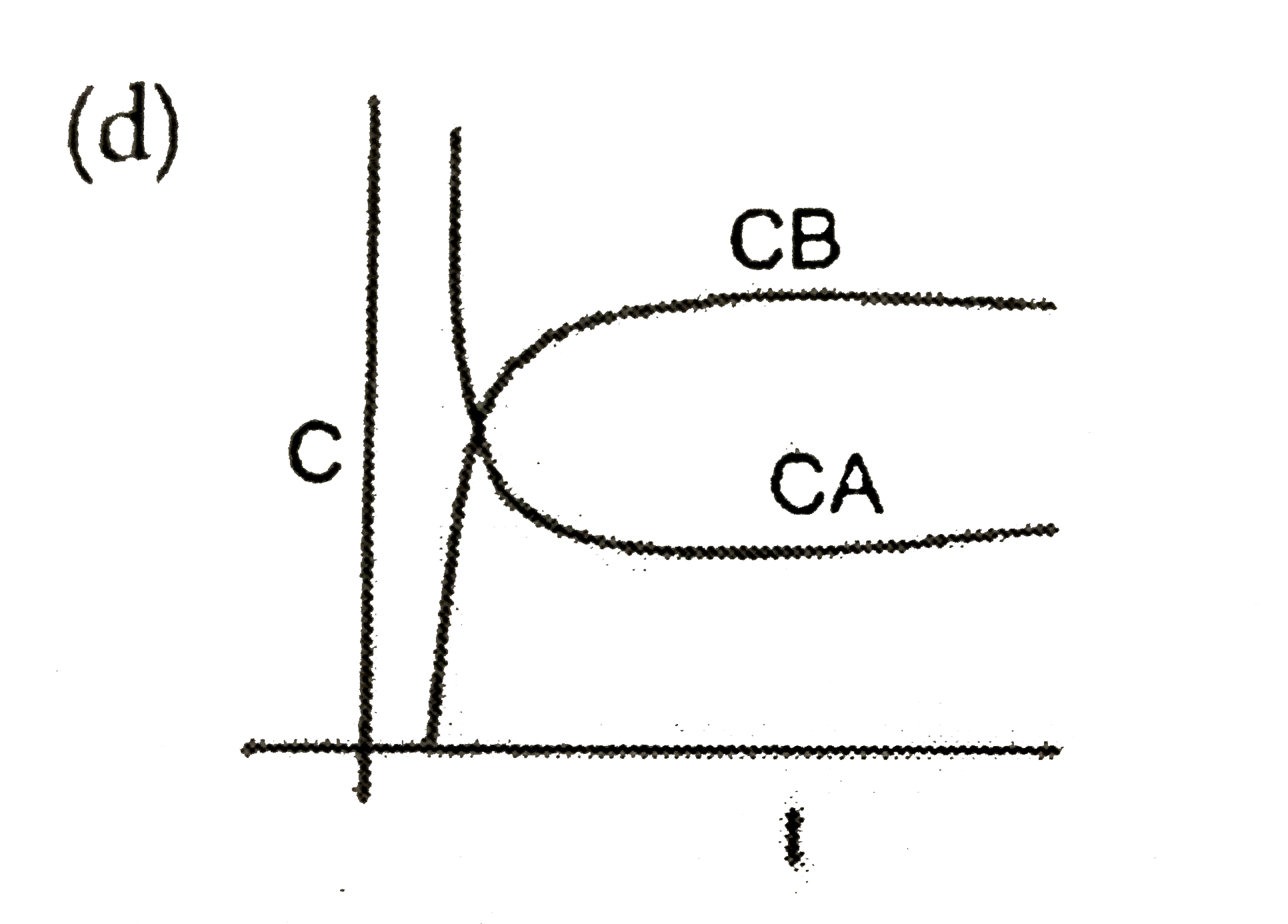
The correct Answer is:B
Topper's Solved these Questions
- CHEMICAL KINETICS AND CHEMICAL EQUILIBRIUMBOOK - PEARSON IIT JEE FOUNDATIONCHAPTER - CHEMICAL KINETICS AND CHEMICAL EQUILIBRIUMEXERCISE - Level 2
24 Videos
- CHEMICAL KINETICS AND CHEMICAL EQUILIBRIUMBOOK - PEARSON IIT JEE FOUNDATIONCHAPTER - CHEMICAL KINETICS AND CHEMICAL EQUILIBRIUMEXERCISE - Level 3
10 Videos
- CHEMICAL KINETICS AND CHEMICAL EQUILIBRIUMBOOK - PEARSON IIT JEE FOUNDATIONCHAPTER - CHEMICAL KINETICS AND CHEMICAL EQUILIBRIUMEXERCISE - Level 3
10 Videos
- ATOMIC STRUCTUREBOOK - PEARSON IIT JEE FOUNDATIONCHAPTER - ATOMIC STRUCTUREEXERCISE - Level- 3 Concept Application
10 Videos
- METALS AND NON-METALSBOOK - PEARSON IIT JEE FOUNDATIONCHAPTER - METALS AND NON-METALSEXERCISE - Level-3 Concept Application
10 Videos
Similar Questions
The initial molar concentration of the reactants A and B were 0.1 M and 0.2 M respectively in the following reaction
A+B⇔2C
When equilibrium was attained the concentration of A in the reaction mixture was found to be 0.06M . Calculate the equilibrium constant.
View SolutionThe following pictures represents the equilibrium state for three different reactions of the type
A2+X2⇔2AX (X=B,CorD)
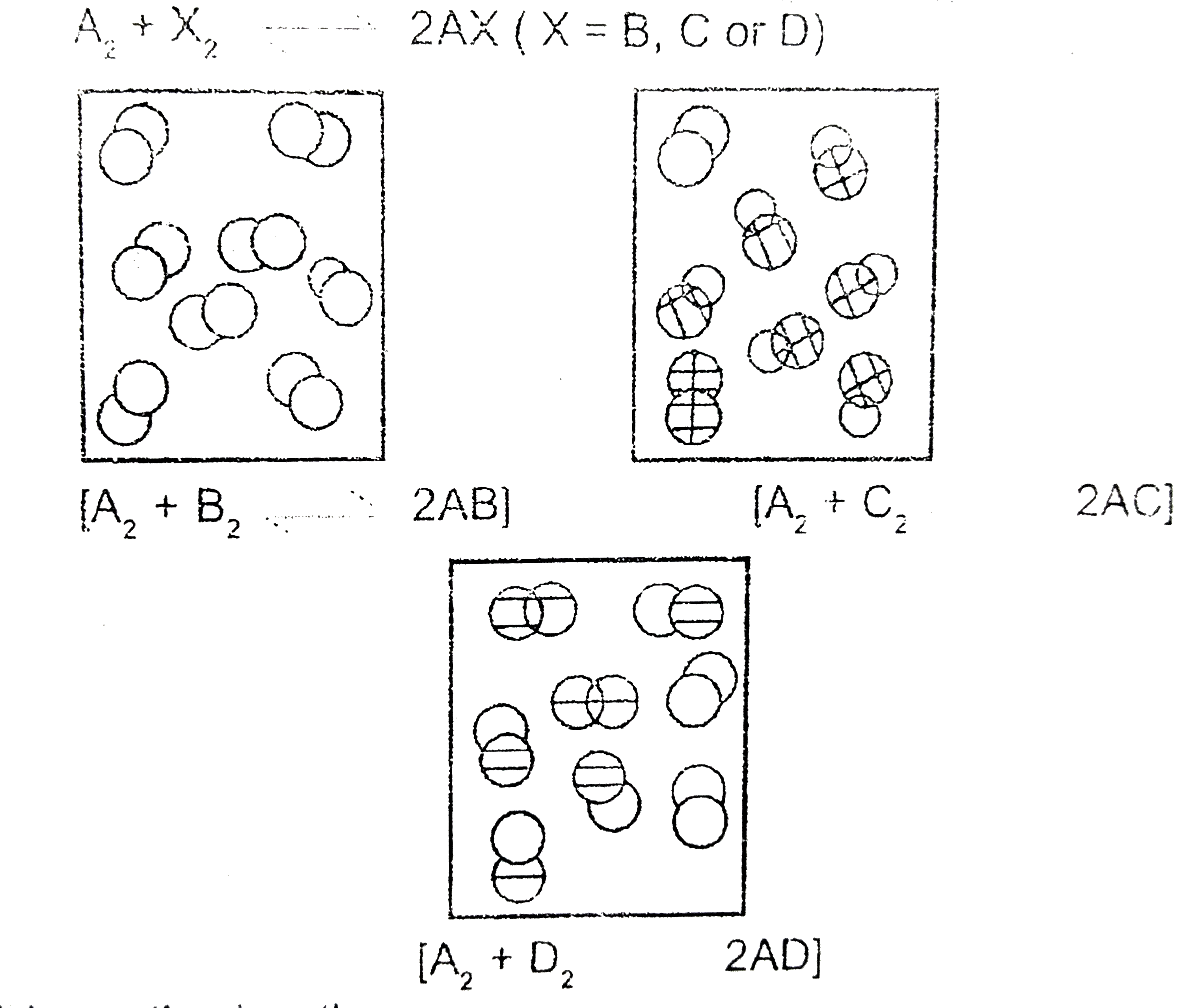
Which reaction has the largest equilibrium constant?
View Solution
Knowledge Check
The following pictures represents the equilibrium state for three different reactions of the type
A2+X2⇔2AX (X=B,CorD)

Which reaction has the largest equilibrium constant?AA2+B2⇔2ABBA2+C2⇔2ACCA2+D2⇔2ADDNone of theseWith respect to the equilibrium reaction A⇔B. Which of the following graphs indicate the highest Kc value ?
A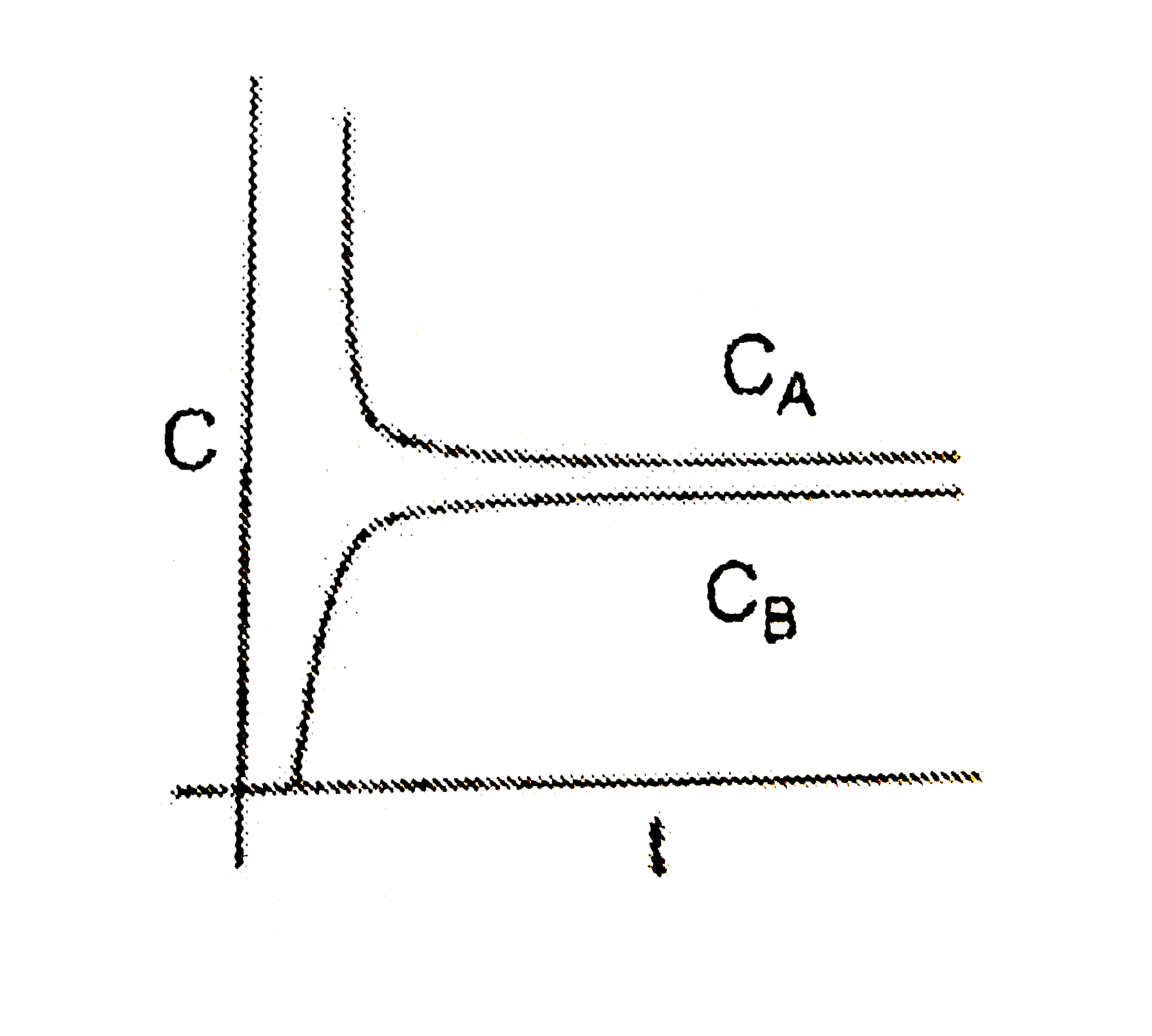 B
B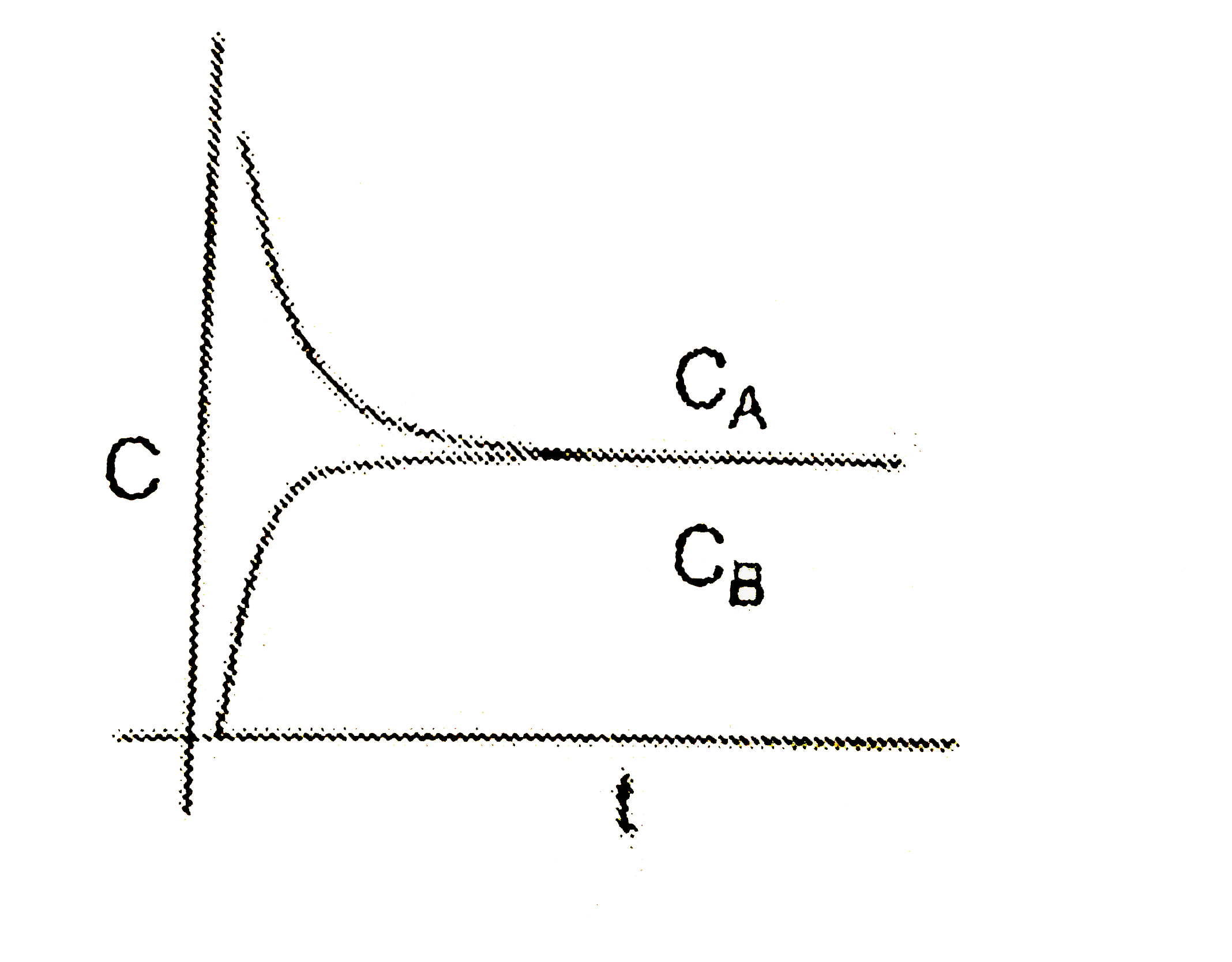 C
C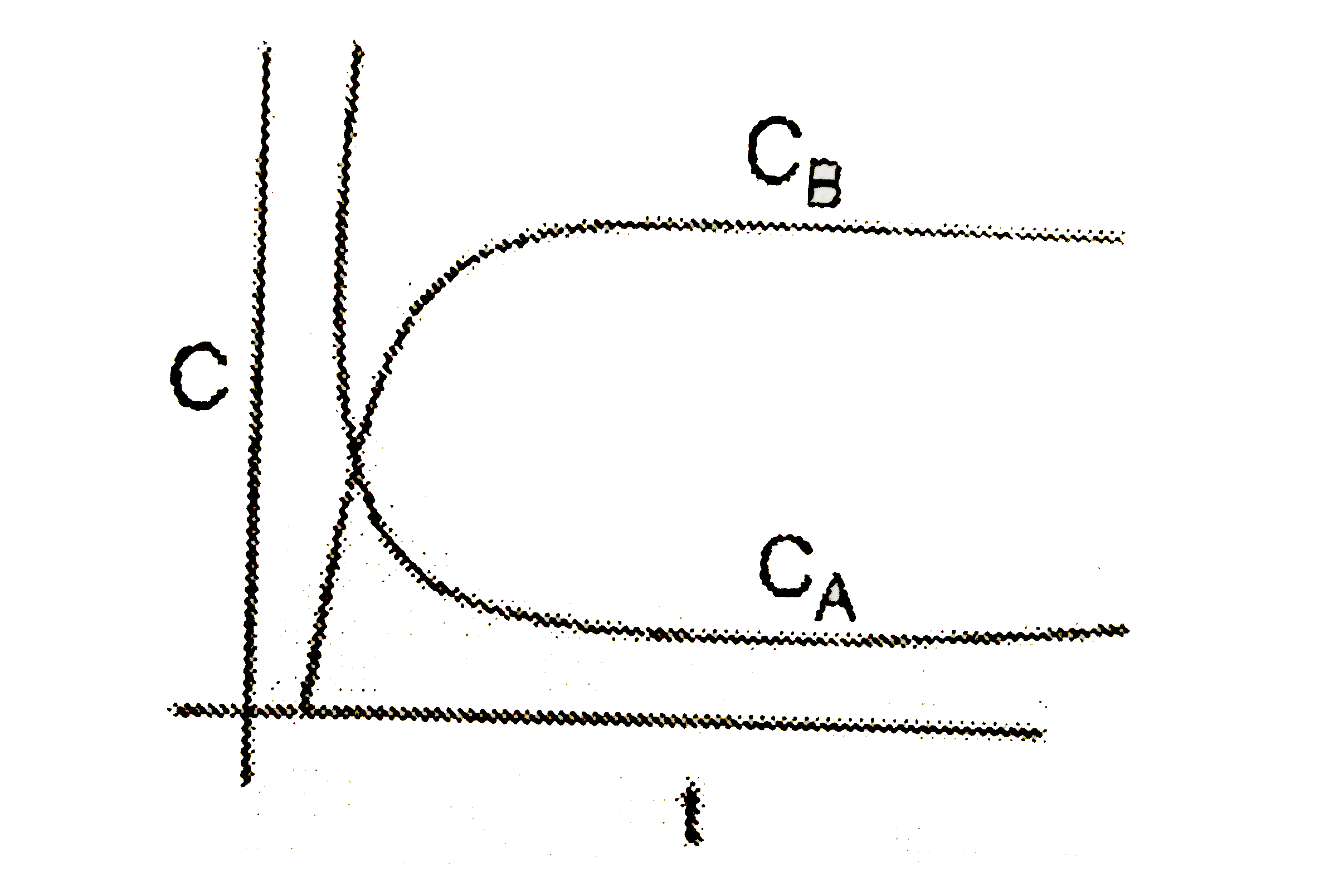 D
D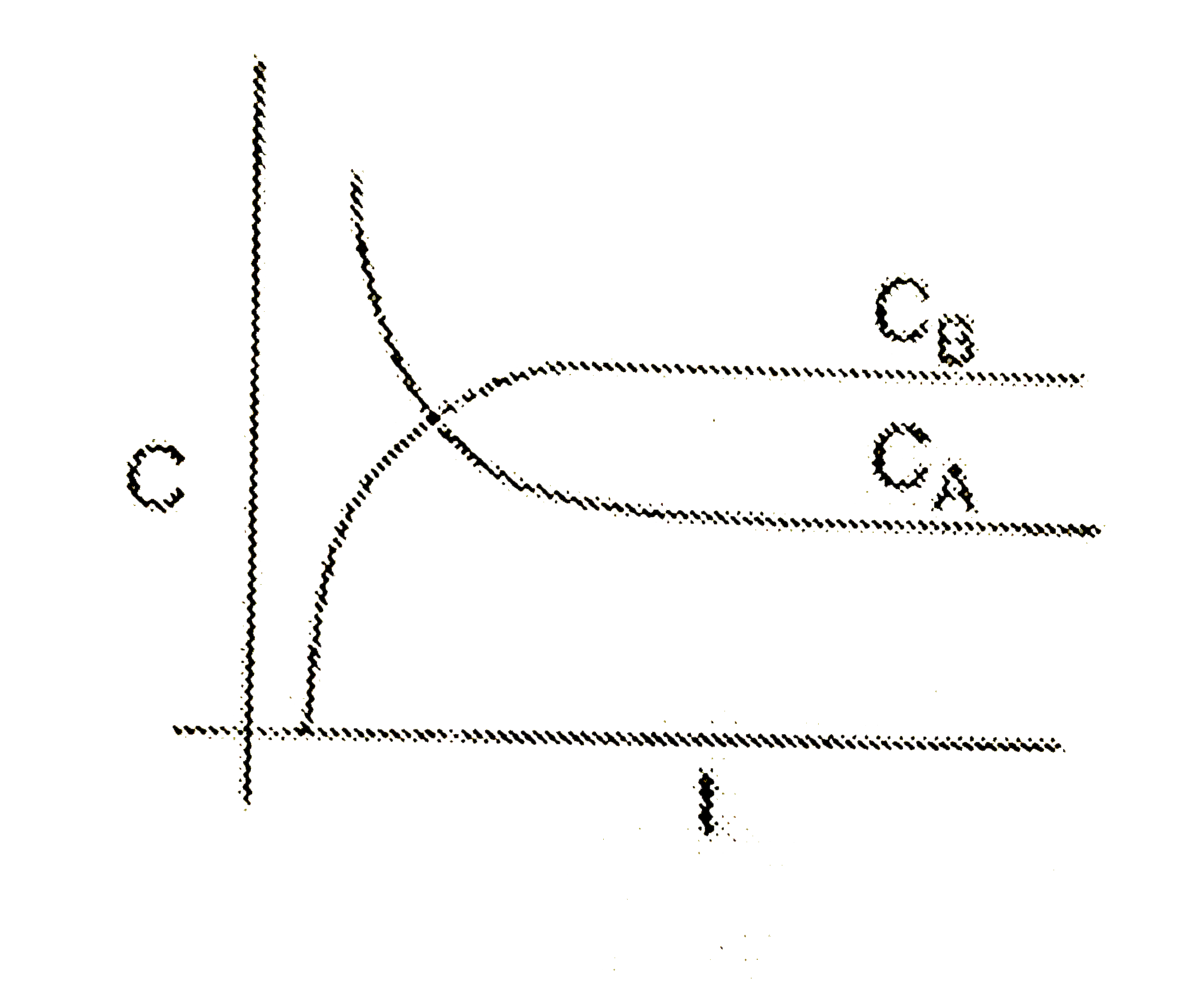
4 moles of A are mixed with 4 moles of B, when 2 moles of C are formed at equilibrium according to the reaction A+B⇔C+D.
The value of equilibrium constant isA4B1C√2D√4
For the reaction A+3B⇔2C+D initial mole of A is twice that of B . If at equilibrium moles of B and C are equal , then percent of B reacted is
View SolutionTwo moles of each reactant A and B are taken in a reaction flask. They react in the following manner,
A(g)+B(g)⇔C(g)+D(g)
At equilibrium, it was found that the concentration of C is triple to that of B the equilibrium constant for the reaction is
View SolutionIn the reaction N2O4⇔2NO2, the dissociation of N2O was found to be 40 per cent at equilibrium when the reaction is conducted in a 2 L container at 300 K. Find the equilibrium constant and the number of moles of reactants and products.
View SolutionFor the reaction A+3B⇔2C+D initial mole of A is twice that of B . If at equilibrium moles of B and C are equal , then percent of B reacted is
View SolutionTwo moles of each reactant A and B are taken in a reaction flask. They react in the following manner,
A(g)+B(g)⇔C(g)+D(g)
At equilibrium, it was found that the concentration of C is triple to that of B the equilibrium constant for the reaction is
View Solution
